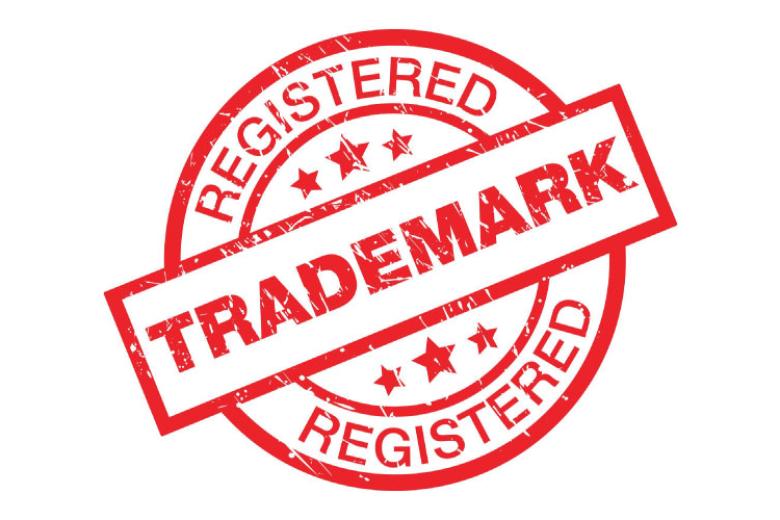Collaborative governance as a Horizon 2020 strategy-reflections for the "Valley of Death" metaphor
European Union research funding emphasises interactions between stakeholders as key to drive innovation on the continent. In that light, my PhD research within the EU-funded EIPIN Innovation Society project considers ‘collaborative governance’ between law, human behaviour and material conditions as a strategy to improve innovations systems.
The Social Innovation Conundrum
The European Horizon 2020 funding scheme requires that partnerships aiming towards innovation should conform to the ‘science with and for society’ paradigm, also termed as ‘social innovation’. While theoretically impressive, social innovation faces several challenges. Innovation models today need to internalize and account for technological impacts on society. For example, in the domain of medical technologies, the ‘blockbuster’ drug strategies have given way to more patient sensitive approaches to drug innovation. Such approaches not only increase legal and regulatory obligations but also create large uncertainties in terms of return of investments made for innovation. Social innovation requirements thus tend to increase the ‘bottle necks or barriers to innovation’. Captured by the metaphor ‘Valley of Death’, barriers may relate to ideas, resources, market and social forces that impact technology. Arguably, a promising way of linking these barriers is to address stakeholder interactions that define them.
Collaborative Governance as a social innovation strategy
The absence of a one-size fits all strategy to optimize stakeholder interactions poses challenges to social innovation. It is here that collaborative governance comes as a relief. Traditionally, the innovation process was built on the ‘command and control’ ideology. This however has been ineffective for the democratic decision-making goals of social innovation. Collaborative governance presents a promising alternative in that it ushers in democracy by facilitating coordination in innovation platforms.
How does it work?
Explicit legal frameworks, such as intellectual property (IP) rights and contractual arrangements, form the core of collaborative governance. Interestingly, these frameworks are made flexible to adapt to different contexts and hence positively steer human behaviour and coordination along the innovation pathway. While this is theoretically not new, my PhD research presents empirical evidence on how stakeholders in the health innovation scenario make use of intellectual property as organising or productive frameworks for social innovation. Here, intellectual property is actually re-conceptualised as performing inclusivity in frameworks for innovation. This is quite different from the more well-known transactive arrangements of intellectual property, which are based on excluding others from certain uses. By socially engaging stakeholders over a goblet of IP, one creates a chilled out, yet purposeful innovation environment. One can imagine this as a system of information commons. My research shows that by shaping such an ‘intellectual public domain’, stakeholders can easier realize the benefits of innovation for society and thereby progressively nourish technical, legal and policy domains.
|
Written by Krishnamani Jayaraman Further details of the programme may be obtained from Eipin-innovation society |
-
Protection of reputable marks beyond confusion: does “due cause” help to strike a balance between trade mark proprietors and content creators?
Content creators, exercising their freedom of expression, may use trade marks in their content in a way that might damage the interests of trade mark proprietors (e.g. use of Nike shoes in a porn movie). How does EU trade mark law address these different interests?

-
Computer-Implemented Inventions: has the term “invention” in the EPC lost its meaning?
The European Patent Convention defines subject-matter that is not eligible for patent protection, such as methods for doing business. However, when implemented by a computer, non-eligible subject matter becomes eligible for patent protection. Is this desirable?

-
The ambigous nature of the amended European trademark functionality doctrine
EU trade mark law excludes certain signs from becoming registered trade marks. In particular, shapes cannot be registered if they are necessary for achieving a technical result. In 2015, the amended Regulation broadened this exclusion to ‘another characteristics'. But what is now covered exactly?
